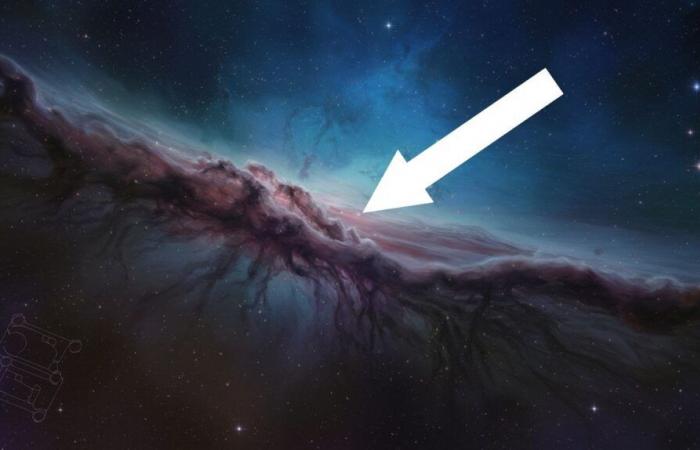Surprising discovery in the cosmos: a complex carbon molecule, cyanopyrene, has been detected outside the Solar System. What might life be like elsewhere? This cosmic discovery perhaps reveals one of its secrets.
Researchers from MIT and the University of British Columbia spotted this molecule in the molecular cloud of Bulla place of extreme cold where stars are born. Cyanopyrene, detected for the first time outside the Solar systembelongs to polycyclic aromatic hydrocarbons (HAP), a category of molecules rich in carbone and essential for life.
The scientific team observed the radio signature of this molecule via the radio telescope in Green Bank, Virginia. This powerful device revealed the presence of cyanopyrene 430 light years from Earth. A first ofwingspan.
PAHs, essential to organic chemistry, often arise from combustion on Earth, and their formation in interstellar cold remains an enigma. According to the researchers, their discovery in such a cold cloud suggests that the carbon traveled intact.
Other PAHs have previously been found in meteorites, asteroids and comets. Their presence in the cosmos reinforces the idea that they played a primordial role in the emergence of the first organic elements. Cyanopyrene could be one of the major reservoirs of complex carbon in the Universe.
To identify this molecule, researchers had to synthesize it in the laboratory, then compare its radio signature with that captured in space. This correspondence made it possible to confirm the existence of cyanopyrene in the molecular cloud.
Martin McCoustra, an astrochemistry researcher, believes that this molecule reveals valuable clues about ancient chemical reactions, potentiallyorigin of life. A real chemical time machine.
This work also opens the way to the exploration of other complex molecules in the cosmos. The MIT team already plans to probe larger PAHs and unravel the mysteries of their cosmic origins.






